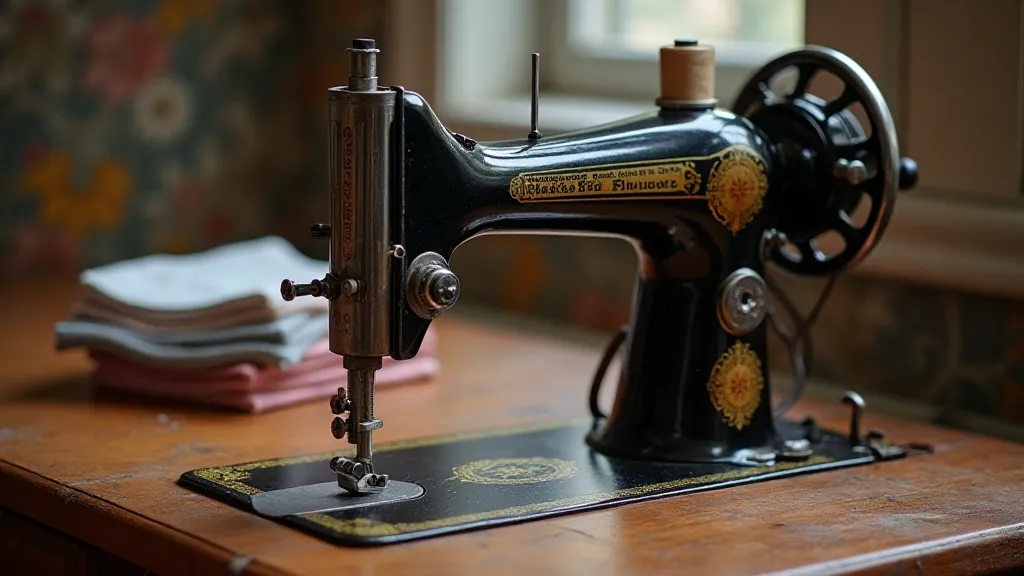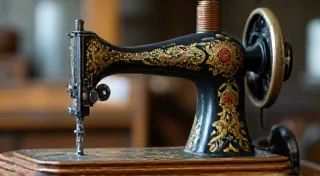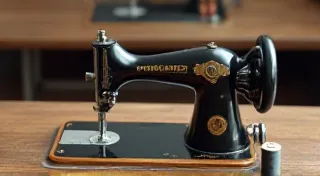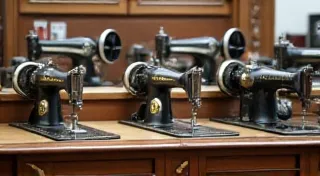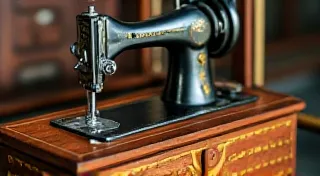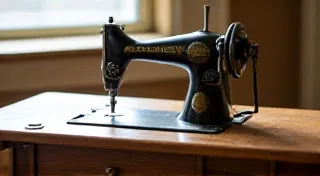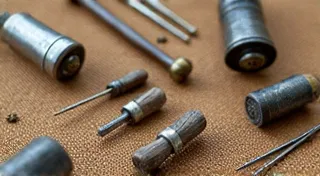Singer 201: A Collector's Dream – Identification & Restoration
There's a certain poetry to the hum of a vintage sewing machine. It’s a sound that echoes generations of creativity, ingenuity, and meticulous craftsmanship. Among the myriad models that have graced workrooms and ateliers across the globe, the Singer 201 holds a particularly cherished place in the hearts of collectors. It isn’t just a machine; it's a tangible link to the past, a testament to a time when objects were built to last, and artistry was paramount. For those drawn to the allure of antique sewing machines, the Singer 201 represents a pinnacle of design and functionality – a collector’s dream, waiting to be rediscovered.
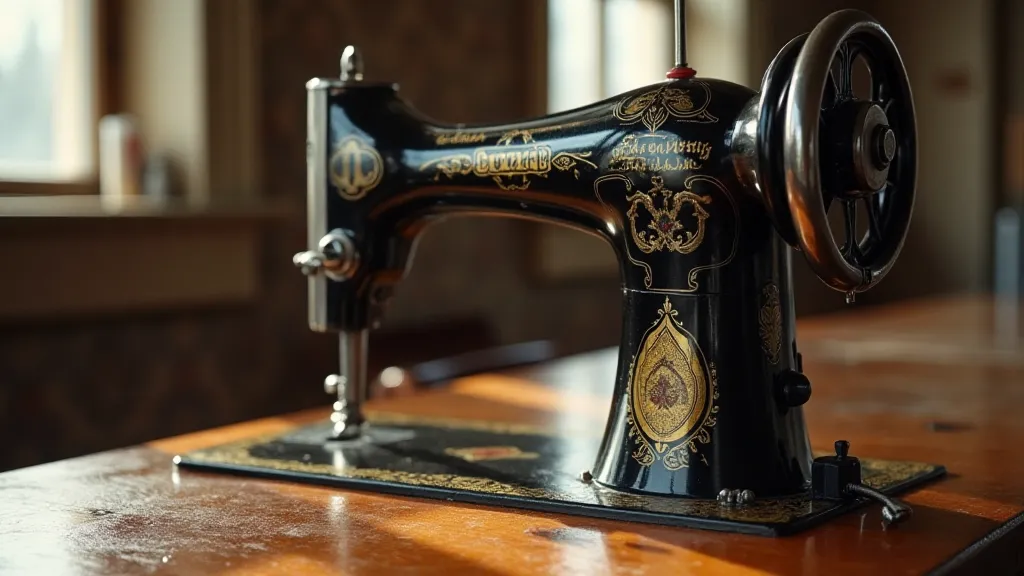
A Legacy of Innovation: The Singer 201 Story
The Singer 201’s story begins in 1930, a period of significant technological advancement. Following the success of the earlier 66 and 200 models, Singer sought to create a machine that balanced reliability, efficiency, and a touch of stylistic flair. The 201 was the result—a lightweight, all-metal machine designed for home sewing, but capable of handling a wider range of fabrics than its predecessors. The "201" designation wasn’s simply a number; it was an identifier of a refined design, representing a step forward in accessible home sewing.
My own fascination with the Singer 201 began with my grandmother. I remember as a child, watching her effortlessly create beautiful garments on her trusty 201. It wasn't just about making clothes; it was a ritual, a connection to her heritage, and a source of quiet pride. The rhythmic whir of the machine and the scent of pressed fabric are deeply ingrained memories. It made me appreciate the enduring beauty of handmade objects and instilled a respect for the skill and dedication of past generations.
Identifying Your Singer 201: Serial Numbers and Variations
Identifying a Singer 201 accurately is the first step in appreciating its value and understanding its history. While the core design remained consistent, there were variations in finish, decals, and minor mechanical details throughout the model's production run, which spanned from 1930 to 1953.
The serial number, typically stamped on a plate near the handwheel or motor housing, is your primary tool for identification. Singer maintained detailed records, allowing enthusiasts to pinpoint the approximate manufacturing date. A basic search of Singer serial number databases (available online) is essential. These databases often reveal more than just the date; they can also indicate the original finish, country of manufacture, and even potential accessories that were sold with the machine.
Beyond the serial number, pay attention to the decals. Early models featured elaborate, hand-painted designs, while later versions often had simpler, printed decals. The font used for the "Singer" logo also changed over time, providing another subtle clue to the machine’s age. There were several finishes – black enamel being the most common, but you'll also encounter cream, gray, and even rare olive green models. These variations contribute to the model's collectability and influence its value.
Common Problems and Essential Restoration Techniques
Like any vintage machine, the Singer 201 isn't immune to the ravages of time. Common issues include dried-up lubricants, corroded parts, and worn-out needles and presser feet. However, most problems are manageable with patience and a few basic restoration techniques.
Before attempting any repairs, thorough cleaning is paramount. Disassemble the machine carefully, documenting each step with photographs (a lifesaver when reassembly time arrives!). Use a gentle solvent to remove old grease and grime. Don’t be tempted to use harsh chemicals; they can damage the original finish and decals.
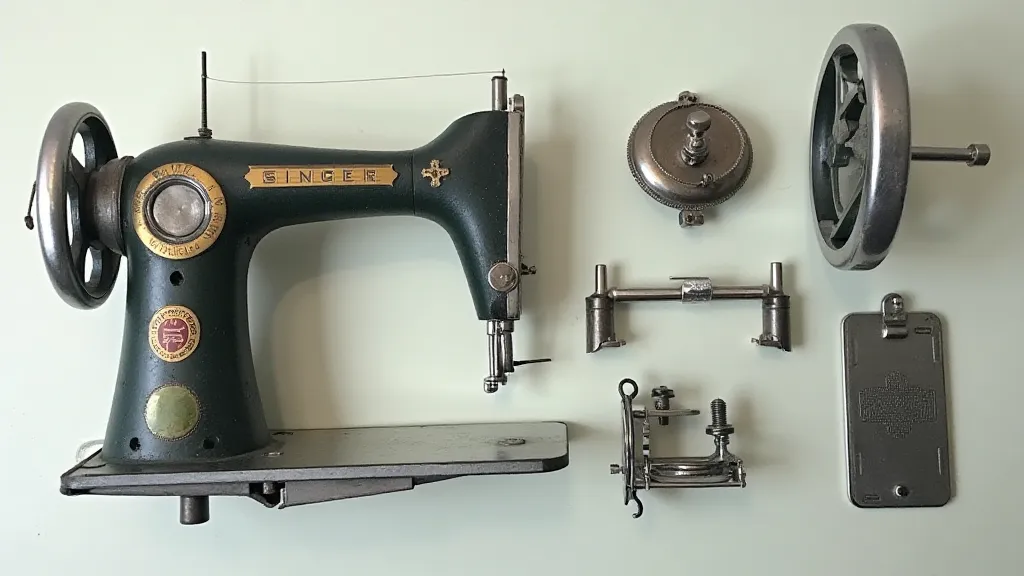
Lubrication is critical. Use a specialized sewing machine oil, applying it sparingly to all moving parts. Replacing worn-out parts is often necessary, and thankfully, many parts are still available from online vendors and vintage sewing machine repair shops. Be mindful of originality – while reproduction parts are sometimes unavoidable, strive to use original parts whenever possible to maintain the machine’s authenticity.
Decal restoration is a more advanced undertaking. While replicating faded or damaged decals is possible, it requires significant skill and artistry. Often, simply cleaning and preserving the original decals is the best approach.
The Allure of the Collector's Dream
Collecting vintage sewing machines, especially a Singer 201, isn’t simply about acquiring an object; it's about connecting with a rich tapestry of history, artistry, and human ingenuity. Each machine carries a story, a silent witness to generations of creativity. The gentle whir of the motor, the precise stitching, the intricate details - all evoke a sense of timeless elegance and enduring quality.
The pursuit of a perfectly restored Singer 201 – or even simply a well-maintained example – is a deeply rewarding experience. It’s a journey that fosters patience, attention to detail, and a profound appreciation for the craftsmanship of the past. It's a connection to a legacy of innovation, a celebration of artistry, and a tangible link to the generations who came before us.
There’s a certain satisfaction in knowing you’re preserving a piece of history, ensuring that the Singer 201's legacy continues for generations to come. It's more than just collecting; it’s stewardship, a promise to keep the hum of the past alive.
